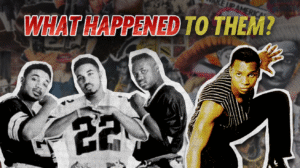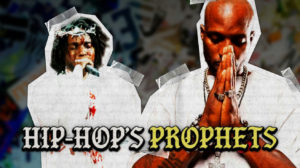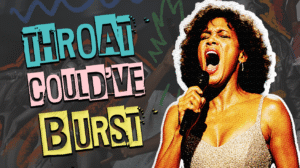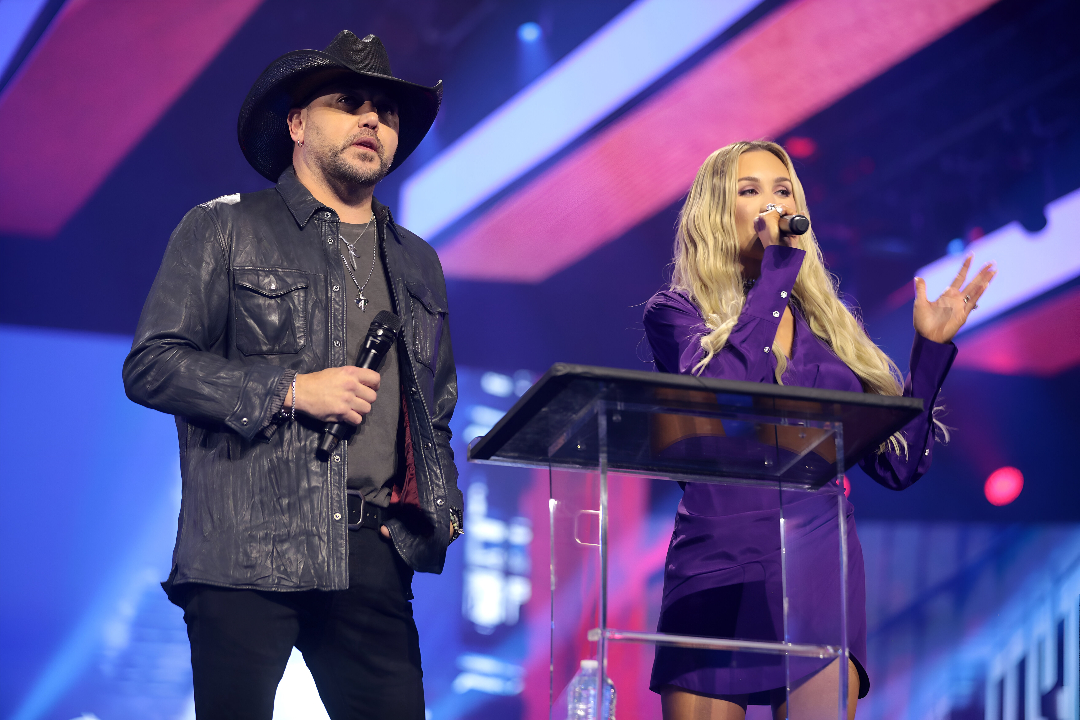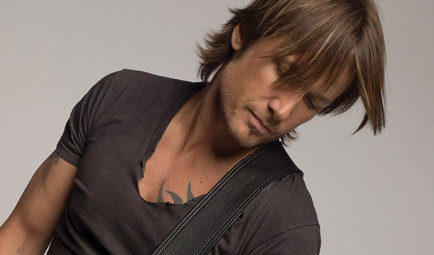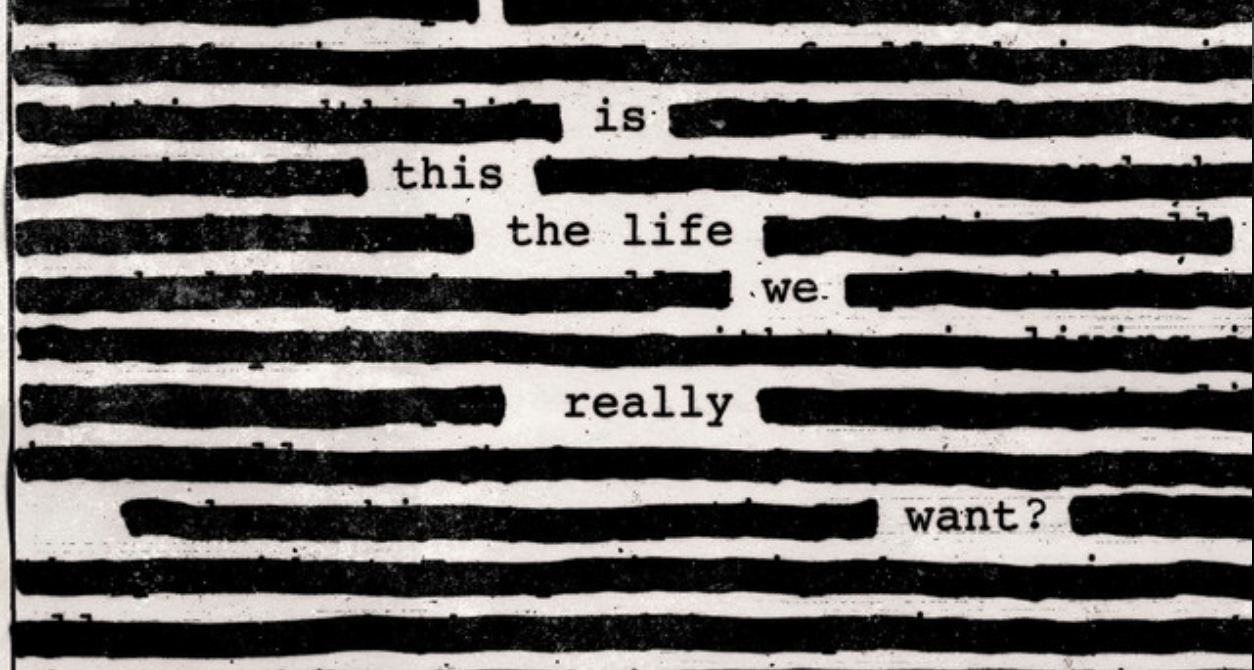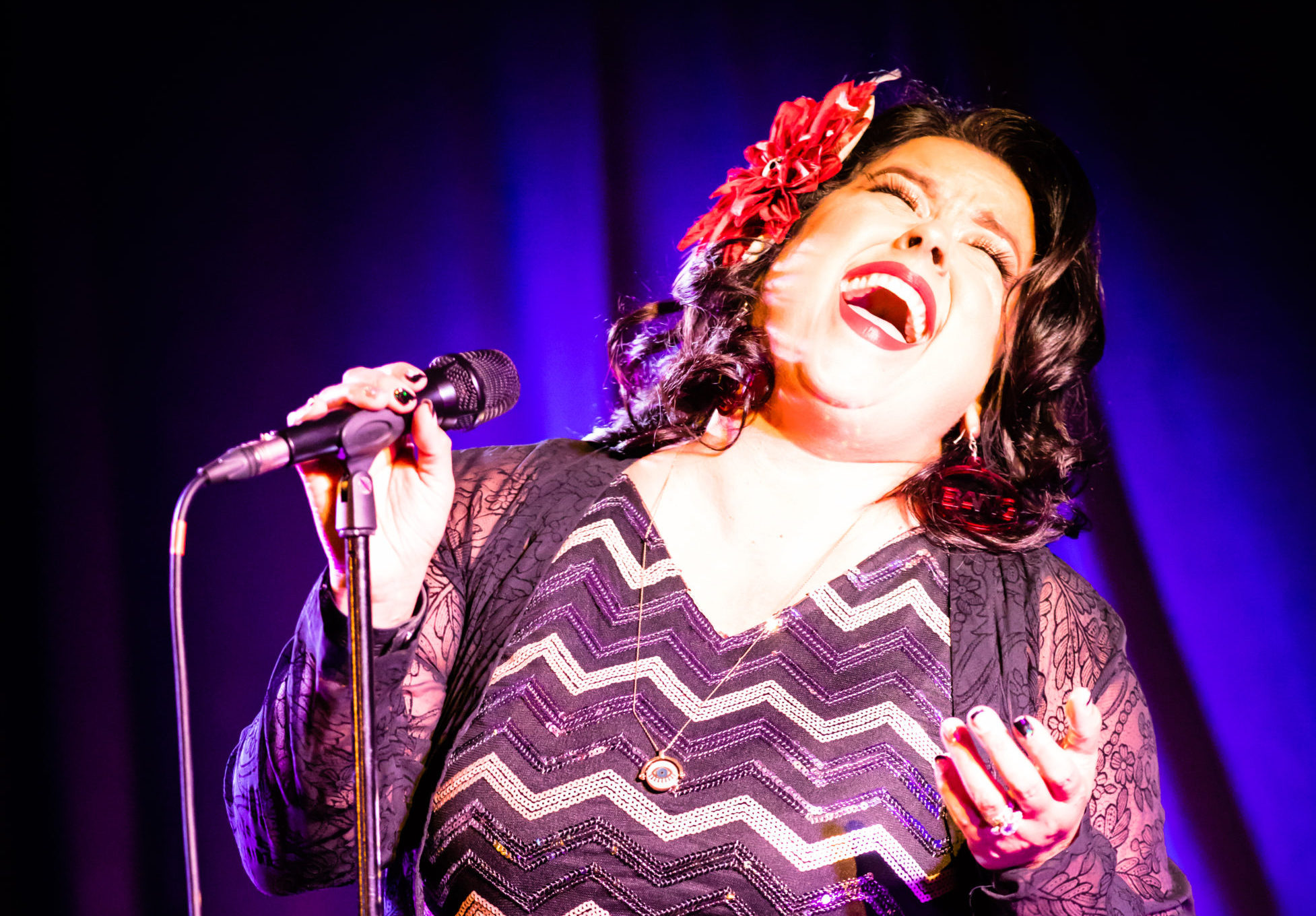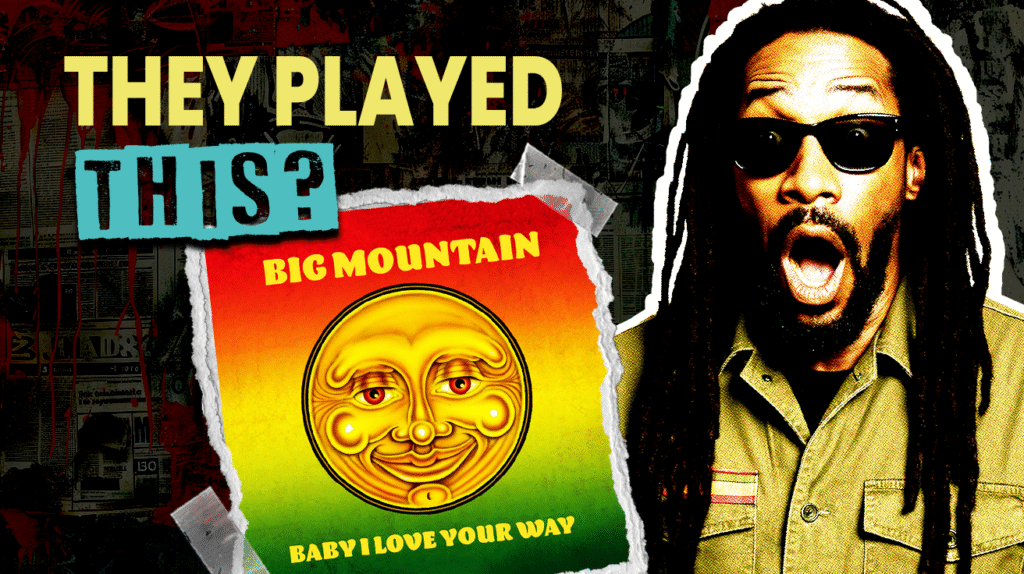
While grunge dominated headlines and Nirvana ruled MTV, 1994’s musical landscape harbored dozens of artists who captured lightning in a bottle. These one-hit wonders didn’t just fill radio slots between Pearl Jam tracks — they soundtracked the era when “Friends” premiered, Forrest Gump swept theaters, and everyone owned at least one flannel shirt. Each song represents a cultural moment frozen in time, from hip-hop’s East Coast resurgence to R&B’s smooth evolution.
For a deeper look at how genre boundaries melted away and why this year is considered music’s finest by many, check out why 1994 was music’s finest year. Whether you remember slow-dancing to these tracks at your high school homecoming or discovering them decades later on throwback playlists, each song represents a cultural moment frozen in time, from hip-hop’s East Coast resurgence to R&B’s smooth evolution, while other tracks from the era have found their way onto lists of the worst chart-topping songs that listeners would rather skip.
15. Ini Kamoze – “Here Comes the Hotstepper”
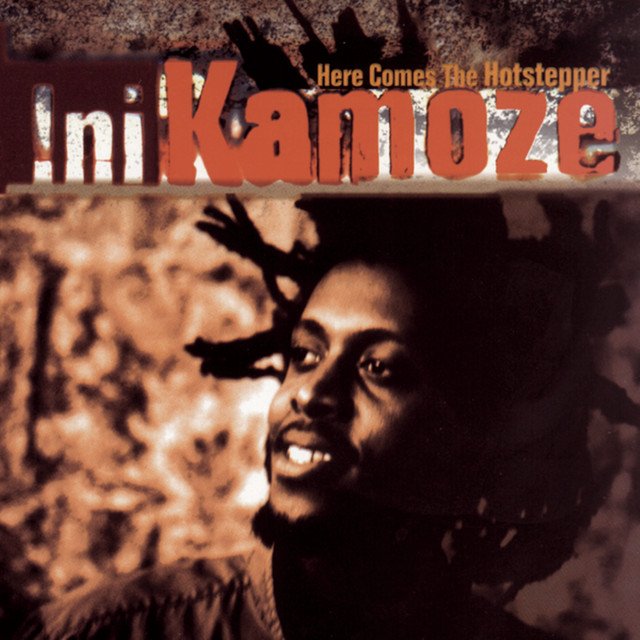
Reggae-rap fusion produced many experiments, but none matched Ini Kamoze’s explosive success during the year “The Crow” soundtrack proved alternative sounds could dominate mainstream culture. “Here Comes the Hotstepper” stormed to number one with a “na na na” hook that became the decade’s most recognizable earworm, appearing in everything from movie trailers to sneaker commercials. The story behind this hit’s unlikely rise and its impact is broken down in The Number Ones: Ini Kamoze’s “Here Comes The Hotstepper”. The track’s swagger and undeniable groove helped reggae-influenced hip-hop reach global audiences who had never heard anything quite like it, joining the ranks of other wildly misplaced songs that left a lasting impression on pop culture.
This represents everything record executives misunderstood about crossover success — you can’t manufacture this kind of cultural lightning. Commercial success came with genuine cultural impact that extended far beyond music charts, but Kamoze’s label had zero idea how to build on this momentum. One perfect song that captured a moment, then disappeared, leaving behind one of the most distinctive number-one hits in Billboard history.
14. Aaron Hall – “I Miss You”
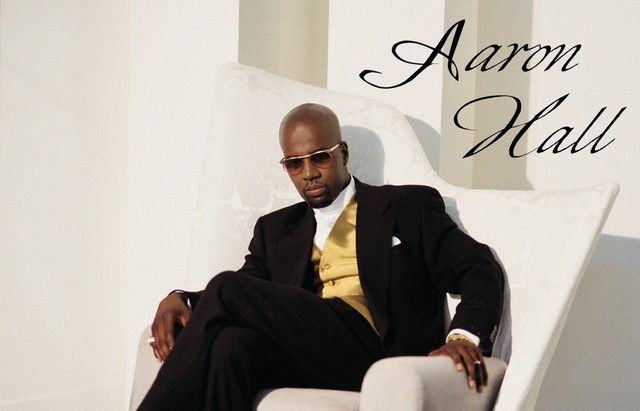
Strip away the production tricks and focus on pure vocal power — that’s Aaron Hall’s approach on “I Miss You.” This raw ballad reached number 14 by refusing every R&B trend of 1994, instead building everything around Hall’s trembling, heartbroken delivery. No beat drops, no flashy arrangements, just emotional truth laid bare over minimal instrumentation.
The song’s stripped-down structure highlights every crack in Hall’s voice, every moment of vulnerability. When your heart’s been shattered, complicated productions feel insulting — sometimes you need music that matches your emotional state exactly.
13. Domino – “Ghetto Jam”
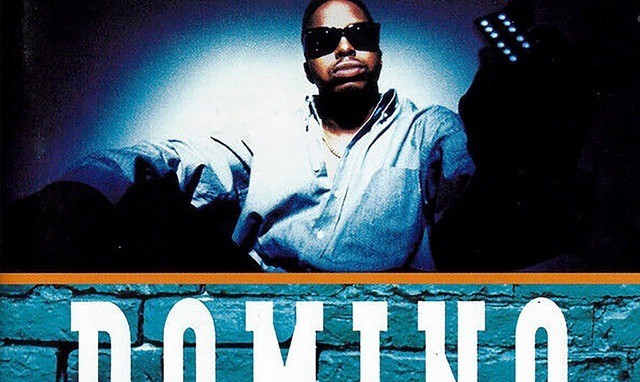
West Coast cool never sounded more effortless than on Domino’s laid-back anthem, arriving when “Pulp Fiction” redefined cool for the entire decade. “Ghetto Jam” peaked at number seven while perfectly capturing that specific Southern California vibe — slow cruising down Crenshaw Boulevard, barbecue smoke drifting through car windows, and summer that never ends. The production feels like warm asphalt and premium sound systems, designed for moments when rushing ruins everything.
This track embodies the complete opposite of East Coast urgency, proving that hip-hop could be contemplative without being boring or preachy. Industry executives kept trying to push Domino toward harder sounds and faster tempos, completely missing what made this special. His relaxed delivery and infectious groove created the perfect soundtrack for life in the slow lane, influencing countless West Coast artists who followed.
12. 4 P.M. – “Sukiyaki”
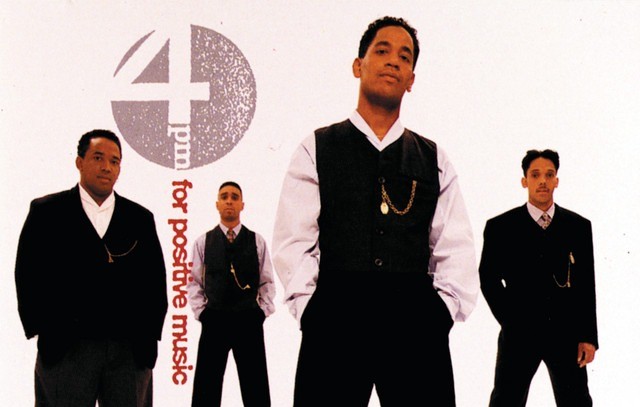
Cross-cultural covers rarely work, but 4 P.M.’s R&B version of the Japanese classic defied all expectations during the same year “Speed” proved international appeal. Their soft harmonies transformed “Sukiyaki” into something entirely new while respecting the original’s emotional core, reaching number eight through pure musical chemistry rather than marketing gimmicks. For more on the group’s origins and career, see the Official 4PM group history. The track proves that great melodies transcend both language barriers and cultural trends.
Quiet songs struggled for radio attention in 1994’s loud landscape dominated by grunge and aggressive hip-hop, yet this gentle approach found its audience through word-of-mouth and late-night radio play. Here’s why this song matters more than its chart position suggests: The harmonies create warmth that still feels inviting decades later, demonstrating that subtlety sometimes speaks louder than volume.
11. Skee-Lo – “I Wish”
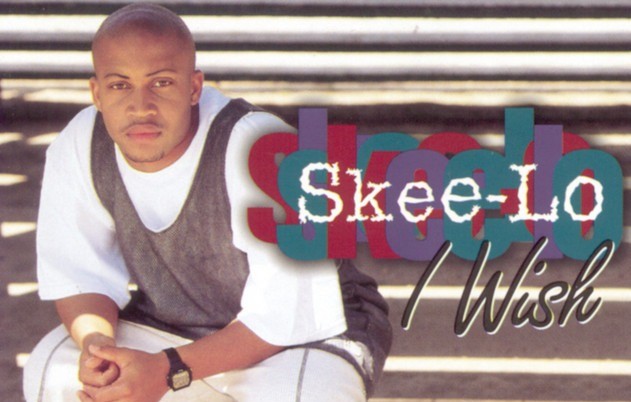
Self-deprecating humor rarely produces hits, but Skee-Lo transformed personal insecurities into universal anthem while “Forrest Gump” taught audiences that underdogs could win everything. “I Wish” peaked at number 13 by celebrating the everyman experience with sunny beats and relatable lyrics that made everyone from suburban kids to inner-city teenagers feel completely understood. The track’s humor and relatability are unpacked in Skee-Lo’s I Wish lyrics. The track captures that specific feeling of wanting to be different while learning to accept yourself — pure therapy disguised as hip-hop.
Here’s what makes this song criminally underrated: Skee-Lo delivered genuine vulnerability when most rap prioritized bravado and posturing. Every line resonates with anyone who’s ever felt inadequate, creating something genuinely uplifting without being preachy. His gentle delivery and positive message proved that hip-hop could embrace imperfection and still create magic.
10. Lucas – “Lucas with the Lid Off”
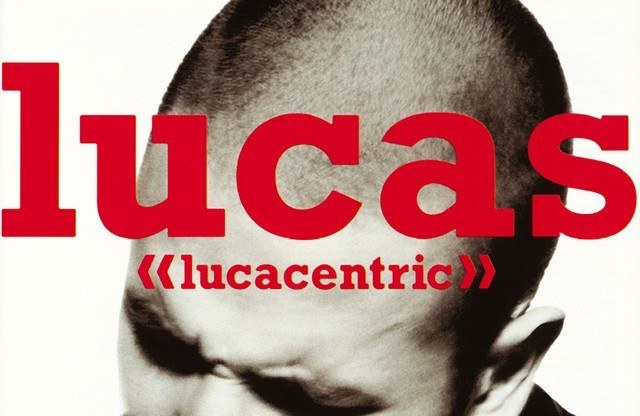
Picture a jazz club colliding with a rap cypher while “ER” plays on nearby TVs, and you’ll understand Lucas’ singular moment. “Lucas with the Lid Off” defied every musical trend of 1994 with its rapid-fire wordplay and sophisticated sampling, climbing to number 29 while sounding nothing like its chart neighbors. The black-and-white video aesthetic screamed European art house when everything else followed the neon-soaked “Beavis and Butt-Head” playbook.
Jazz-rap hybrids rarely worked in the mainstream, but Lucas proved that intelligence and accessibility could coexist. Radio programmers initially had no idea what to do with it — too cerebral for top 40, too accessible for alternative. Fast-talking delivery over smooth beats created something timeless that still sounds fresher than most contemporary releases.
9. Changing Faces – “Stroke You Up”
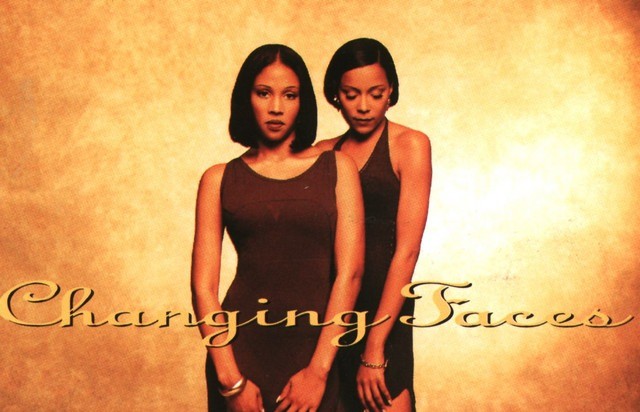
Sultry R&B requires perfect timing, and Changing Faces understood the assignment completely while “Interview with the Vampire” brought similar seductive tension to screens. “Stroke You Up” reached number three by building tension through restraint rather than volume, with vocals that whisper instead of shout during an era when everyone else was competing for the loudest hook. The song’s suggestive lyrics walked the line between seductive and explicit, creating mainstream appeal with underground edge that major labels studied but couldn’t replicate.
Radio programmers initially hesitated, unsure how to position something this sultry during daytime hours. The duo’s chemistry and the track’s slow-burn approach created something genuinely sensual in an era when most R&B shouted its intentions from the rooftops, proving that sometimes the most powerful seduction happens at whisper volume.
8. The Puppies – “Funky Y2C”
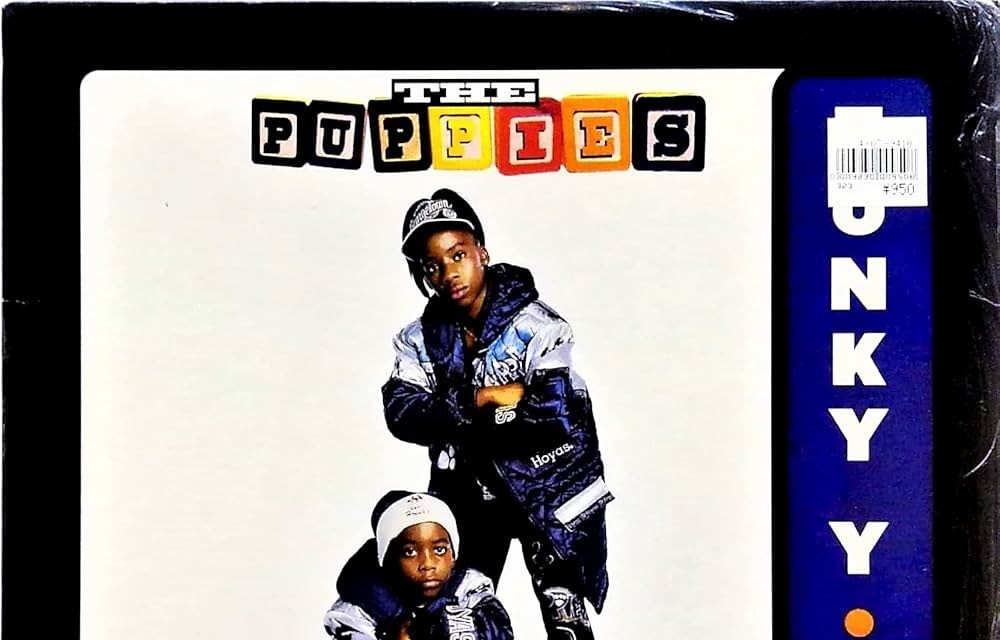
This bubblegum hip-hop hybrid sounds like someone mixed Saturday morning cartoons with a boom box, arriving just as “The Lion King” dominated theaters and pogs ruled playgrounds. The Puppies created something that shouldn’t work but absolutely does — infectious beats meets playground energy, complete with choreographed moves that became mandatory at every middle school dance. While serious hip-hop heads dismissed it as kiddie rap, “Funky Y2C” deserves recognition as the most honest representation of pre-teen optimism ever recorded.
Label executives completely missed why this worked, spending the next decade trying to recreate its magic with focus groups and market research. The song peaked at number 40, but its cultural impact reached far beyond chart positions, becoming the unofficial anthem of roller rinks and Chuck E. Cheese parties nationwide.
7. Ahmad – “Back in the Day”
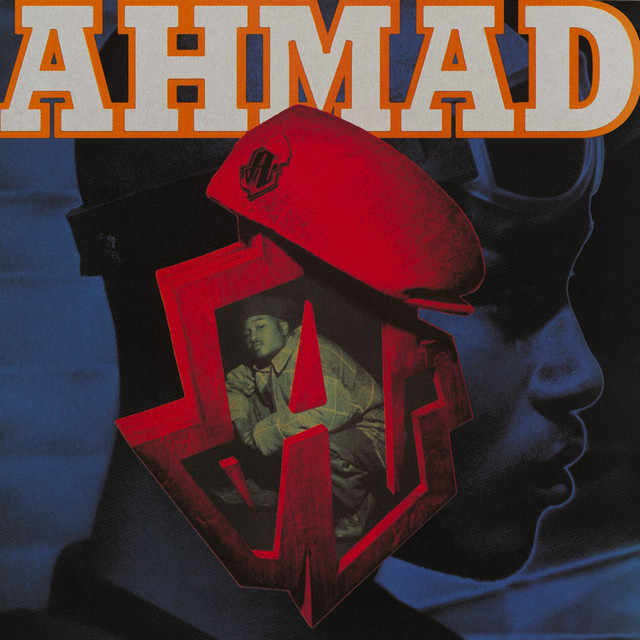
Nostalgia hits differently when you’re young, and Ahmad understood this paradox perfectly. “Back in the Day” transforms childhood memories into hip-hop gold, with laid-back production that sounds like summer afternoons and basketball courts. The track peaked at number 26 but lived much longer in barbershops, car stereos, and mixtapes across urban America.
Ahmad’s conversational flow made complex emotions accessible without dumbing them down. Every listener found their own memories reflected in his storytelling, creating connections that extended far beyond the song’s three-minute runtime.
6. 20 Fingers featuring Gillette – “Short D*** Man”
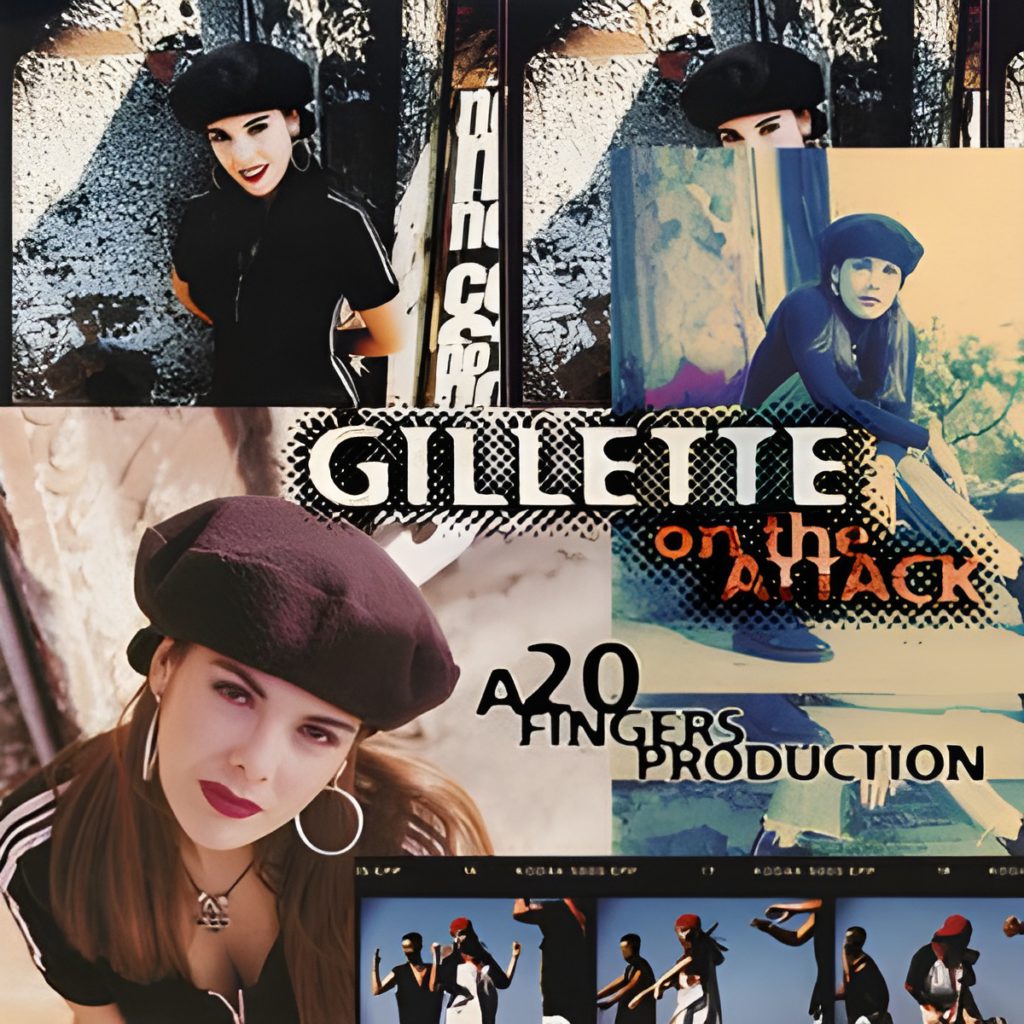
Euro-dance meets bedroom talk, creating controversy that made “Ace Ventura” look tame by comparison. 20 Fingers featuring Gillette combined razor-sharp sass with throbbing beats, reaching number 14 while scandalized parents discovered what their kids were actually listening to. Radio stations battled censors while club DJs cranked the volume, proving that authentic attitude trumps manufactured controversy every time.
Gillette’s unapologetic delivery turned body shaming into an empowerment anthem, depending on your perspective and tolerance for sexual frankness. Record executives had zero idea how to market this — too explicit for mainstream radio, too catchy for underground credibility. The track’s boldness feels almost quaint now, but in 1994, this level of sexual directness on mainstream radio was genuinely revolutionary.
5. Big Mountain – “Baby, I Love Your Way”
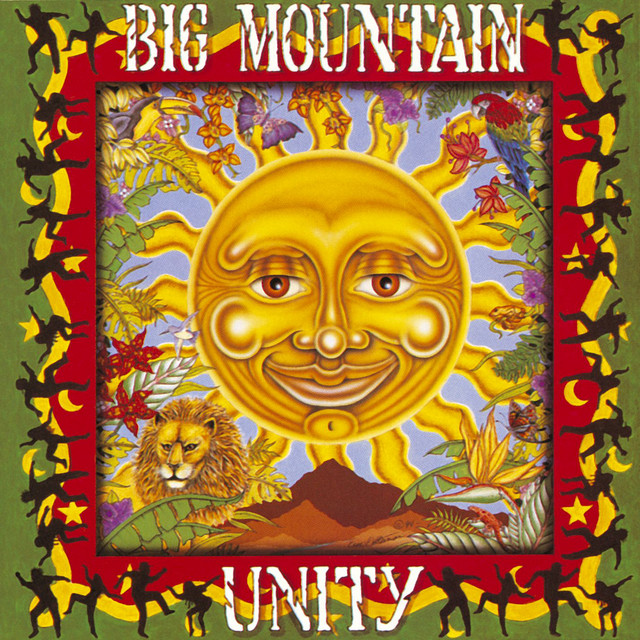
Reggae covers of rock classics usually feel forced, but Big Mountain’s interpretation transforms Peter Frampton’s original into something completely fresh while “The Mask” brought similar tropical vibes to theaters. Their island-influenced version reached number six by adding warmth and sweetness that the original never possessed, becoming the definitive slow-dance song for couples who preferred beaches over ballrooms. Radio programmers initially resisted, calling it “too mellow for drive time.”
Summer romance needs its own soundtrack, and this reggae-rock hybrid delivered perfectly when wedding DJs needed alternatives to overplayed ballads. The song’s gentle pulse and tropical flavor created an entirely different emotional experience from Frampton’s version, proving that great songs can support multiple interpretations and sometimes the cover becomes more essential than the original.
4. Craig Mack – “Flava in Your Ear”
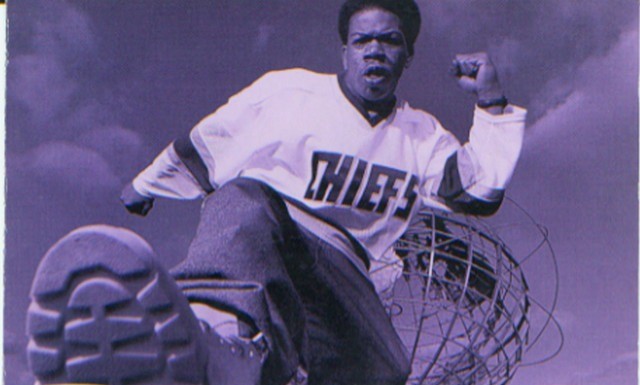
East Coast hip-hop needed a statement record while West Coast artists dominated both charts and cultural conversations, and Craig Mack delivered it with authority. “Flava in Your Ear” hit number nine while announcing that New York‘s rap scene was far from finished, featuring production that sounded completely different from the G-funk taking over airwaves. Puffy Combs knew exactly what he had — a track that could shift hip-hop’s geographical balance back eastward.
Bad Boy Records used this song to establish their sonic identity before anyone knew what Bad Boy would become. Mack’s confident delivery and unforgettable groove proved that East Coast rap could compete with anything coming from Los Angeles, setting the stage for the coastal rivalry that would define the rest of the decade.
3. Immature – “Never Lie”
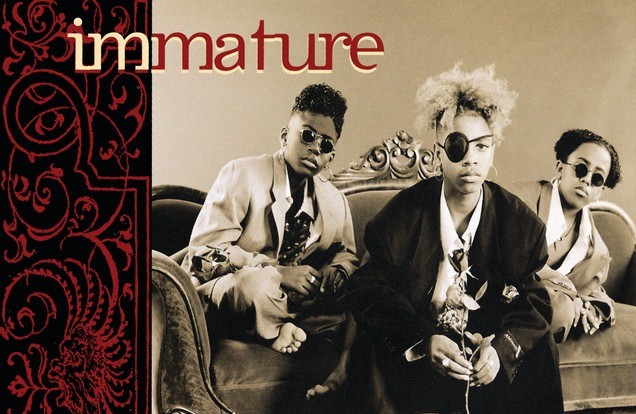
Teenage R&B groups faced impossible expectations during the era when “My So-Called Life” captured adolescent complexity, but Immature delivered mature emotions wrapped in youthful energy. “Never Lie” climbed to number five with Babyface production that highlighted the group’s harmonies while keeping their ages appropriately front and center. The song captures first love with the sincerity that only comes from actually living it, not manufacturing it in some A&R office.
Young listeners found their own experiences reflected in these vocals, creating connections that lasted well beyond the group’s brief moment in mainstream spotlight. Here’s what makes this criminally underrated: The track proves that authentic emotion resonates regardless of the singer’s age or industry experience. While other teen acts relied on gimmicks and choreography, Immature trusted their voices to carry the emotional weight.
2. Candlebox – “Far Behind”
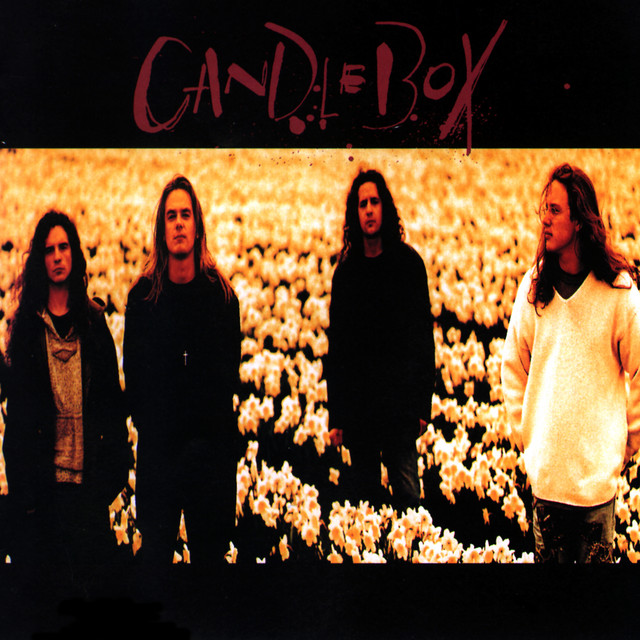
Grunge typically avoided radio-friendly melodies, but Candlebox broke the rules spectacularly during the same year Kurt Cobain’s death shook the entire movement. “Far Behind” channels raw grief into stadium-sized emotion, with vocals that soar above the genre’s typical mumbled angst while addressing addiction with unflinching honesty. The song’s timing proved unfortunate — arriving when the music industry needed healing anthems, not more darkness.
Yet this track deserves recognition as one of the most emotionally honest rock songs of the decade, climbing to number 18 through pure emotional authenticity. Heavy rotation on rock radio cemented its legacy among flannel-wearing audiences who found solace in its vulnerability. The track proves that sometimes the most powerful music comes from artists willing to expose their pain when everyone else was building walls.
1. Deadeye Dick – “New Age Girl”
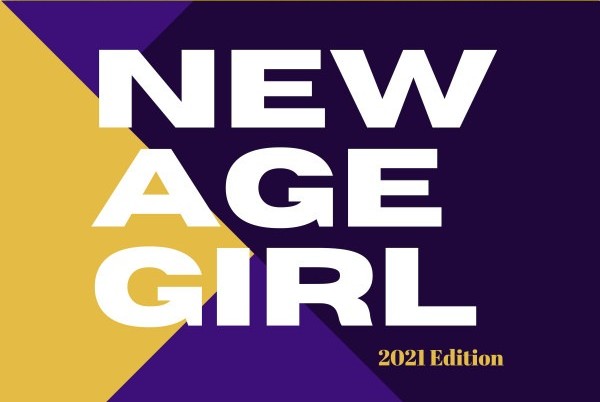
Sometimes movie soundtracks birth unexpected hits, and “New Age Girl” proves the point perfectly while “Reality Bites” explored similar generational themes in theaters. Deadeye Dick’s jangly guitar anthem found new life in “Dumb and Dumber,” transforming from radio reject to road trip essential faster than you could say “Lloyd Christmas.” The band’s sarcastic take on hippie culture resonated with Generation X’s cynical humor, reaching number 27 through pure word-of-mouth momentum.
College radio championed this track long before Hollywood noticed, making it the ultimate vindication song for indie rock purists. The song’s genuine weirdness — part folk, part rock, entirely irreverent — captured something authentic about mid-90s alternative culture that major labels spent millions trying to manufacture and completely missed.




